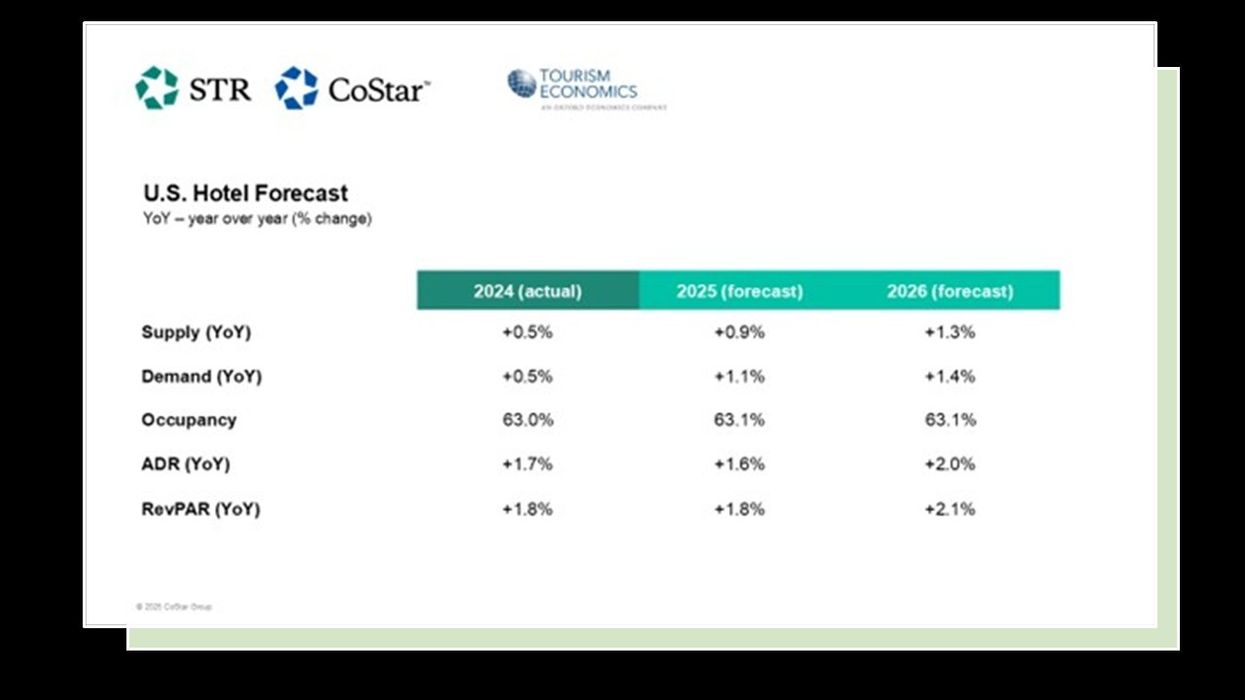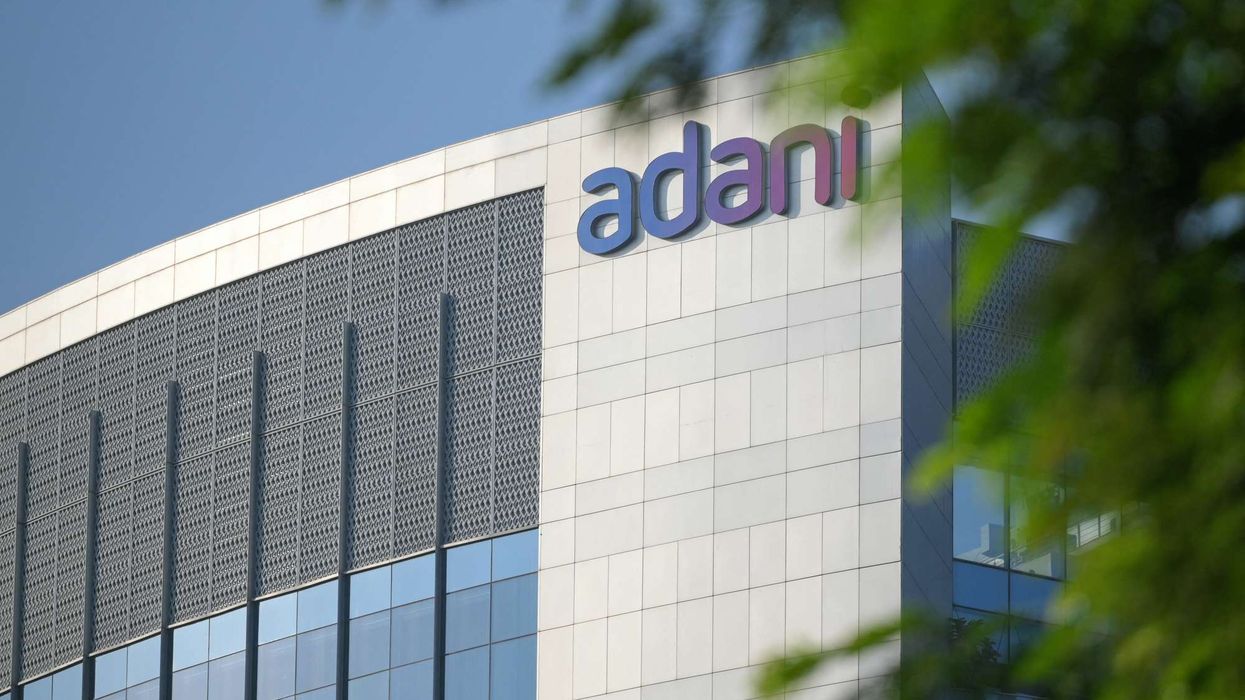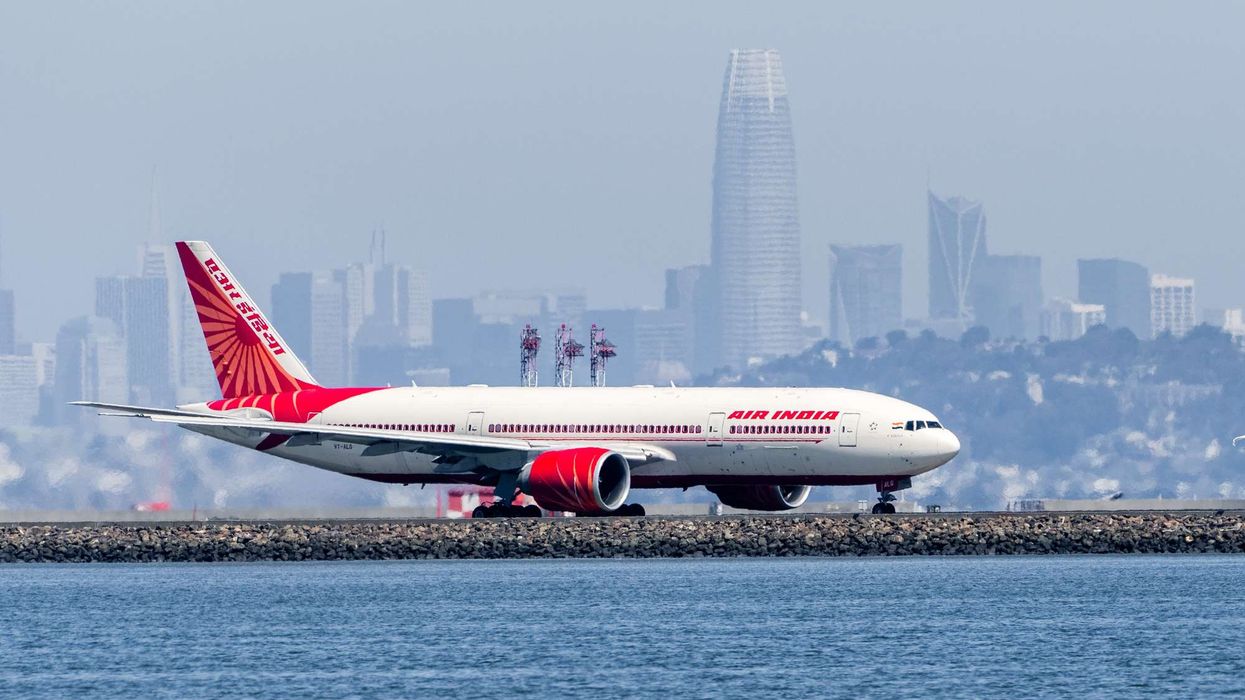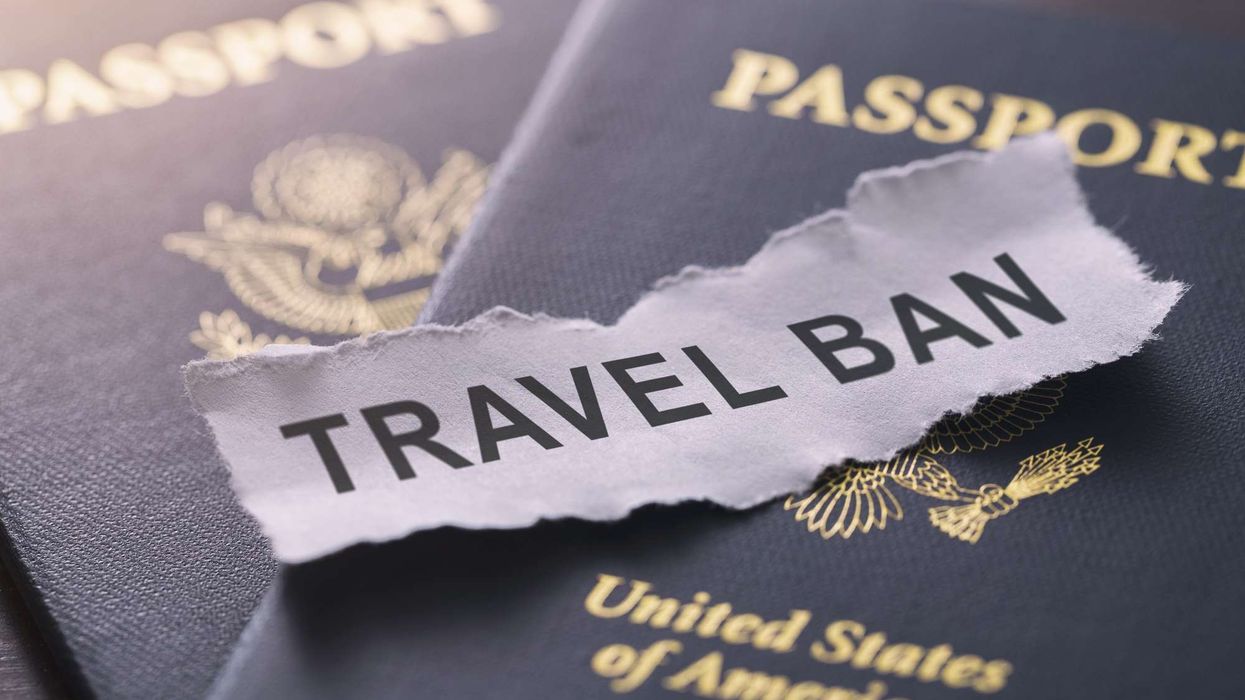COSTAR AND TOURISM Economics made minimal adjustments to their growth forecast in the first 2025 U.S. hotel forecast, with ADR and RevPAR gains unchanged at 1.6 percent and 1.8 percent, respectively. Occupancy for the year was raised by 0.1 ppt to 63.1 percent.
The CoStar and TE joint study was released at the Americas Lodging Investment Summit in Los Angeles.
“While business optimism is on the rise, economic data has not changed significantly from our previous forecast,” said Amanda Hite, STR president. “The stronger performance seen in the fourth quarter was driven by one-time factors, including holiday travel compression and weather-related events, and does not constitute a change in trend. Additionally, the impact of the new administration has not been factored into the forecast, as significant policy changes have yet to be implemented, and any projected effect of those changes remains unclear. Thus, our forecast is relatively unchanged overall with minor tweaks among the chain scales. Based on current economic conditions, we expect higher-end hotels to continue to drive industry performance.”
Aran Ryan, Tourism Economics' director of industry studies, said 2025 economic conditions are expected to support travel activity, including some actions by President Trump.
“Unemployment is low, inflation is slowing, consumers are spending - particularly those in higher income households, and business investment activity is solid," Ryan said. "Trump administration trade and immigration policy priorities present downside risks, particularly to inbound travel (e.g., through trade war responses, visa impediments, charged rhetoric and general border and policy uncertainty)."
Hite said normalized expense growth and a slight increase in TRevPAR are expected to drive profits in 2025.
“Labor costs are forecasted to stabilize in 2025 as hotels have adjusted operations to current labor trends, and these lower labor margins will allow for slightly better GOP margins,” she said. “With continued growth in groups and business travel, F&B departments are expected to report some of the highest growth rates this year. Rooms and undistributed operating expense growth will moderate, though utilities departments will almost certainly see increases.”
In November, STR and TE downgraded their 2024 growth rate forecast for the U.S. hotel industry.













